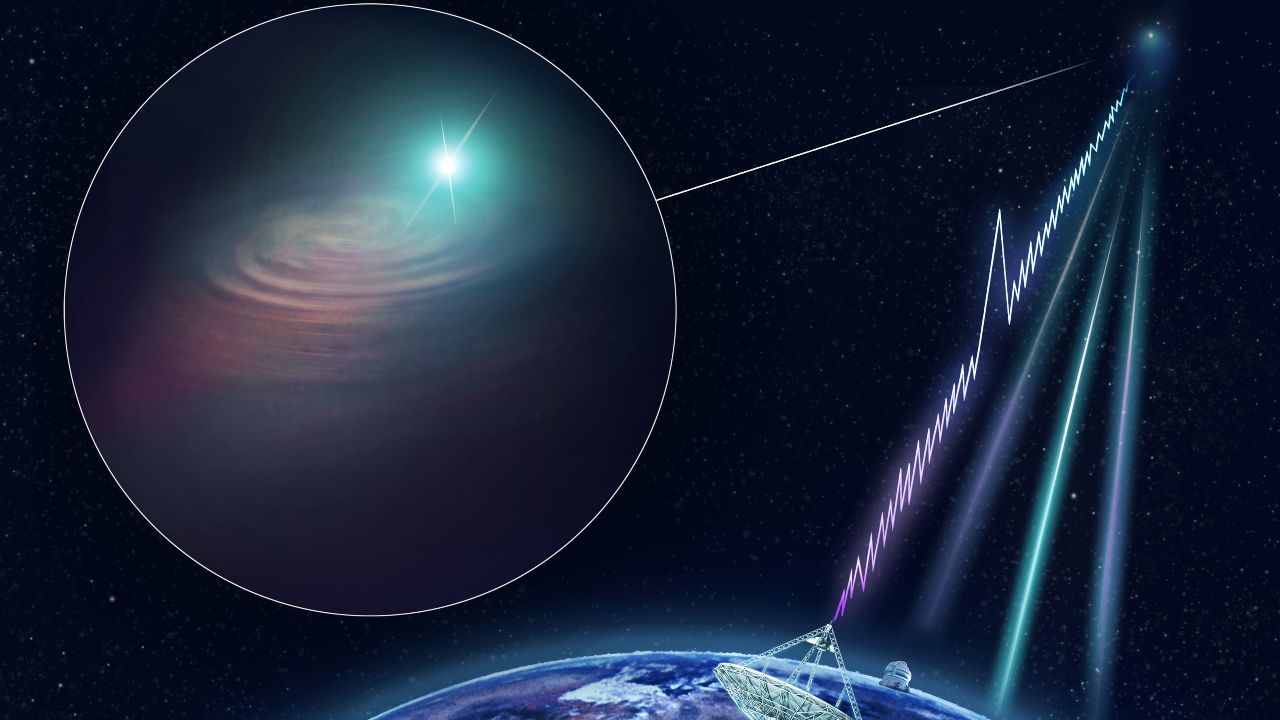Scientists have recently observed a pattern of fast radio bursts from an unknown source 500 million light-years away. The study was conducted by a team of astronomers, including researchers at MIT, and findings of which were published in the journal Nature. Phys.org explains fast radio bursts (FRBs) are short, intense flashes of radio waves that are believed to be the product of small, distant and extremely dense objects and their rotation. However, there isn’t any clarity on what these objects might be. The first recorded FRB was observed in 2007, since which astronomers have classified over 100 such fast radio bursts from distant sources scattered across the universe. FRBs are usually events that last a few milliseconds, during which time they are capable of outshining entire galaxies. But, the new FRB source which the researchers have cataloged as FRB 180916.J0158+65 is the first to emit a periodic or cyclical pattern, ScienceDaily reported_._ [caption id=“attachment_6932951” align=“alignnone” width=“1280”]  This artist’s impression of the cosmic web, the filamentary structure that fills the entire Universe, being illuminated by FRBs. Image: M Weiss/CfA[/caption] The study reveals that the pattern follows a 16-day process. First, it begins with a noise four-day window during which the source produces random bursts of radio waves and it is followed by a 12-day period of radio silence. Researchers said that this pattern reoccurred consistently over 500 days of observations. “This FRB we’re reporting now is like clockwork. It’s the most definitive pattern we’ve seen from one of these sources. And it’s a big clue that we can use to start hunting down the physics of what’s causing these bright flashes, which nobody really understands,” said Kiyoshi Masui, assistant professor of physics in MIT’s Kavli Institute for Astrophysics and Space Research. He added that they have seen these periodic bursts for the first time and it’s a new phenomenon in astrophysics.
The FRB in question reports like clockwork, in one of the most definitive patterns seen from a source of these flashes.
Advertisement
End of Article


)
)
)
)
)
)
)
)
)



